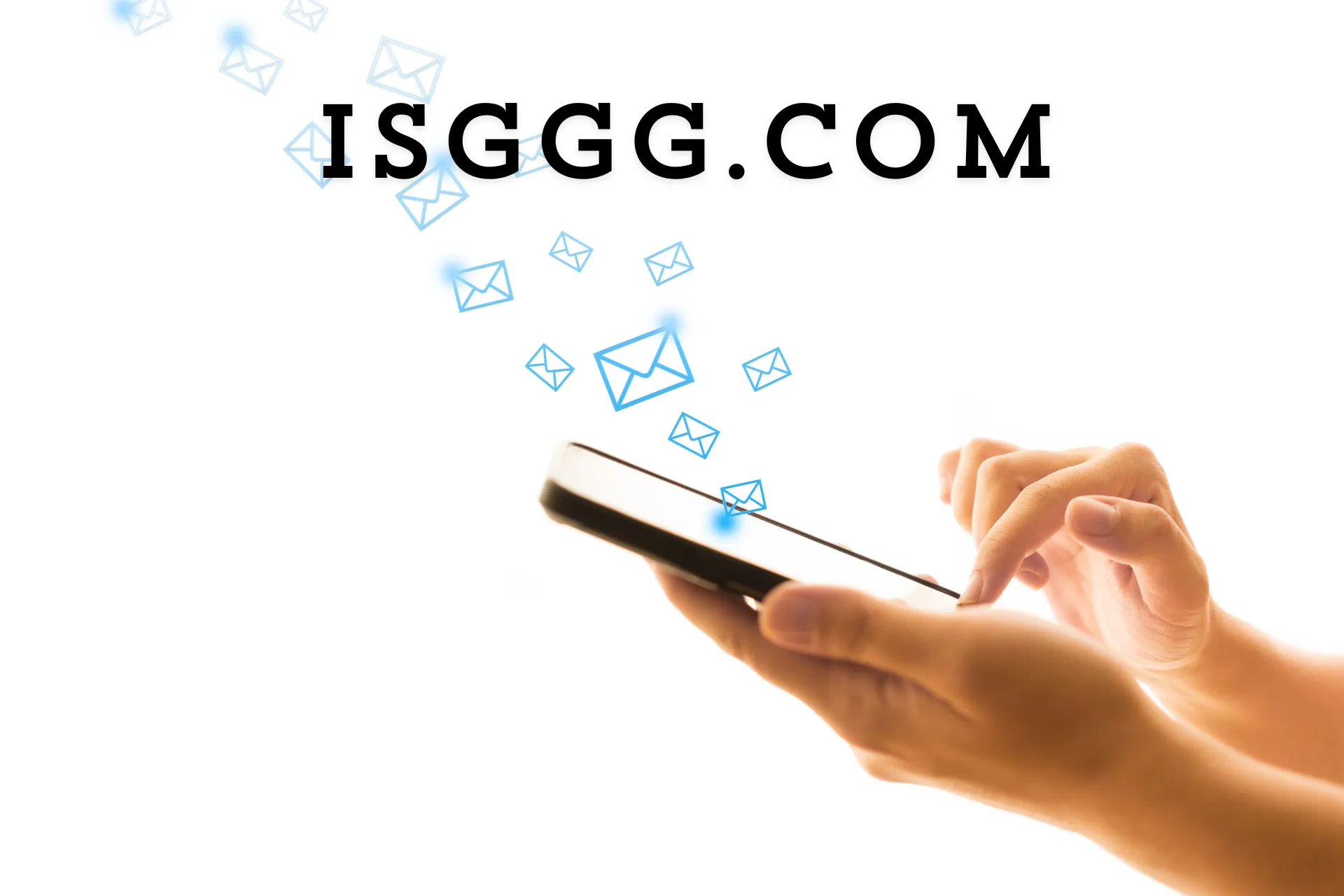Security Tips for Using Free Email Services
Meta Description: Discover essential security practices for using free email services. Learn how to protect your personal information and avoid common risks.
Safeguarding Your Privacy in the Digital Age
In today's interconnected world, free email services have become an integral part of our daily lives. However, with the convenience they offer comes the need to prioritize security and protect your personal information. As SEOMaster2024, I'm here to provide you with a comprehensive guide on how to use free email services safely and effectively.
The Importance of Email Security
Free email services, while widely used, can pose risks if not used with caution. Cybercriminals often target these platforms to gather sensitive information, launch phishing attacks, or distribute malware. By implementing robust security measures, you can minimize these risks and enjoy the benefits of free email services with peace of mind.
Securing Your Free Email Account
Strong Password Practices
Creating a strong, unique password is the first line of defense for your email account. Avoid using common words, phrases, or personal information that can be easily guessed. Instead, opt for a combination of uppercase and lowercase letters, numbers, and special characters. Consider using a password manager to generate and store complex passwords securely.
Two-Factor Authentication
Enable two-factor authentication (2FA) on your email account to add an extra layer of security. 2FA requires a second form of verification, such as a one-time code sent to your mobile device or a biometric identifier like a fingerprint or facial recognition. This feature significantly reduces the risk of unauthorized access to your account.
Regularly Update Your Email Client
Keep your email client software up to date with the latest security patches and updates. Software developers often release updates to address known vulnerabilities and improve overall security. Enabling automatic updates or regularly checking for updates can help protect your device and email account from potential threats.
Be Cautious of Suspicious Emails
Phishing emails, designed to trick you into revealing sensitive information or downloading malware, are a common threat. Be wary of emails that:
- Urgently request personal information
- Contain suspicious links or attachments
- Use generic greetings or poor grammar
- Claim to be from trusted organizations but have unusual sender addresses
If an email seems suspicious, do not click on any links or attachments. Instead, contact the alleged sender through a verified channel to confirm the legitimacy of the message.
Protecting Your Personal Information
Avoid Sharing Sensitive Data
Free email services are not suitable for sending or storing sensitive information such as financial details, social security numbers, or passwords. If you must share such data, use a secure method like encrypted messaging or a password-protected document.
Be Mindful of Public Wi-Fi
When accessing your email account on public Wi-Fi networks, be aware of the potential risks. Public networks can be easily monitored by cybercriminals, putting your data at risk. Use a virtual private network (VPN) to encrypt your internet connection or avoid accessing sensitive information while on public Wi-Fi.
Regularly Review Account Activity
Periodically review your email account activity to detect any suspicious behavior, such as unauthorized access attempts or unusual sent messages. Most free email services provide account activity logs that can help you identify potential security breaches.
Conclusion
Using free email services can be convenient, but it's crucial to prioritize security to protect your personal information. By implementing strong password practices, enabling two-factor authentication, and being cautious of suspicious emails, you can significantly reduce the risks associated with free email services. Remember, staying informed and proactive is key to maintaining a secure email experience in the digital age.




